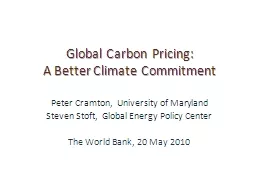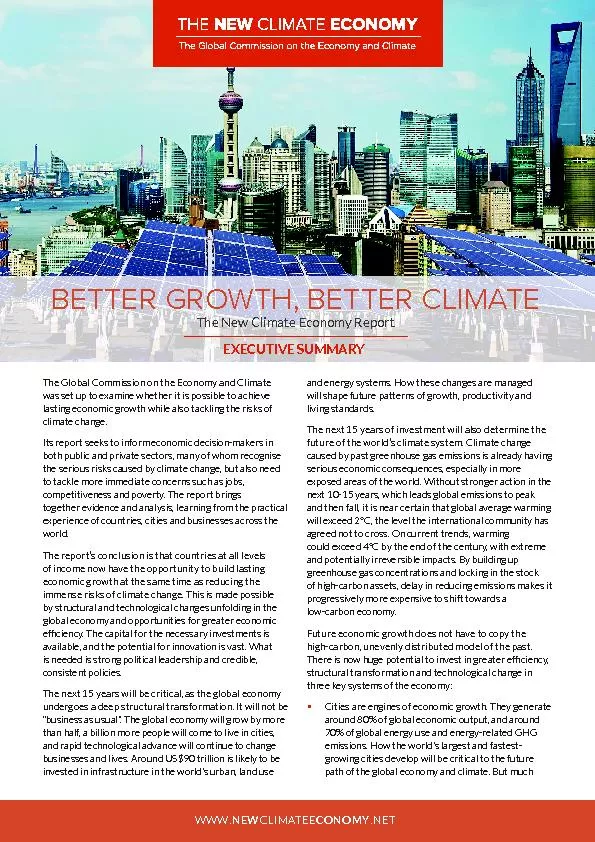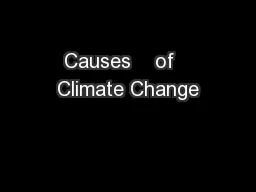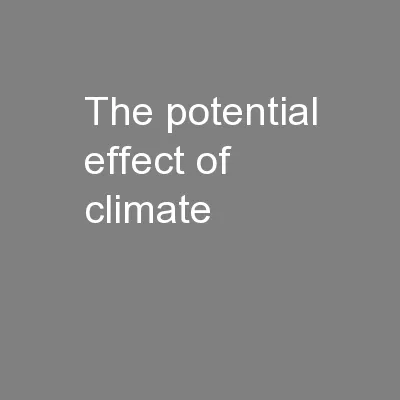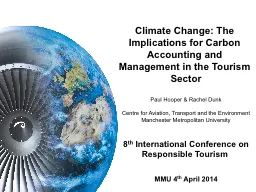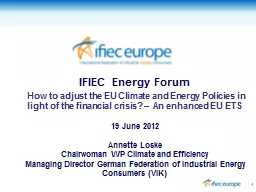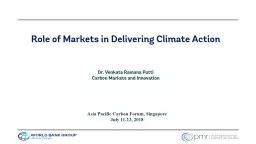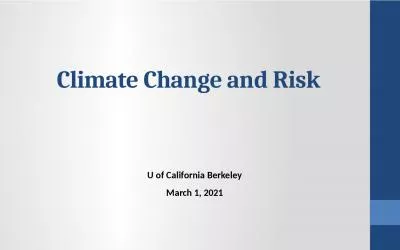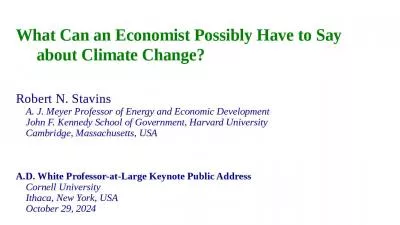PPT-Global Carbon Pricing: A Better Climate Commitment
Author : myesha-ticknor | Published Date : 2019-02-06
Peter Cramton University of Maryland Steven Stoft Global Energy Policy Center The World Bank 20 May 2010 Roadmap to Global Cooperation Avoid caportax fight Avoid
Presentation Embed Code
Download Presentation
Download Presentation The PPT/PDF document "Global Carbon Pricing: A Better Climate ..." is the property of its rightful owner. Permission is granted to download and print the materials on this website for personal, non-commercial use only, and to display it on your personal computer provided you do not modify the materials and that you retain all copyright notices contained in the materials. By downloading content from our website, you accept the terms of this agreement.
Global Carbon Pricing: A Better Climate Commitment: Transcript
Download Rules Of Document
"Global Carbon Pricing: A Better Climate Commitment"The content belongs to its owner. You may download and print it for personal use, without modification, and keep all copyright notices. By downloading, you agree to these terms.
Related Documents

